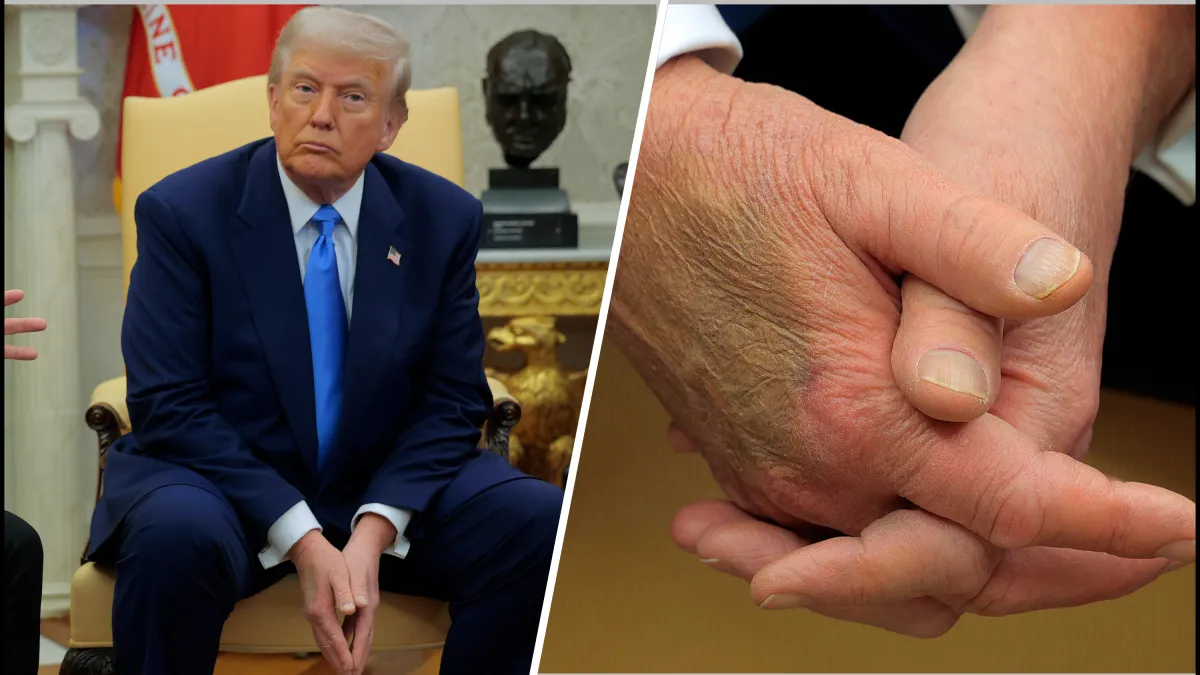President Trump Diagnosed with Chronic Venous Insufficiency: What It Means and Why It Matters
Swelling in former President Donald Trump’s legs recently led to a diagnosis of chronic venous insufficiency (CVI)—a common but often overlooked circulatory condition in older adults. While CVI itself isn’t life-threatening, it can cause uncomfortable symptoms and may indicate deeper health concerns, which is why proper diagnosis is crucial.
What Is Chronic Venous Insufficiency (CVI)?
CVI occurs when the veins in the legs are unable to efficiently return blood back to the heart, causing blood to pool in the lower extremities. This can result in leg swelling, aching, heaviness, tingling, varicose veins, and in severe cases, open sores or ulcers near the ankles.
What Causes It?
Veins in the legs rely on one-way valves to help blood flow upward against gravity. If these valves are weakened or damaged—due to conditions like blood clots, vein inflammation (phlebitis), obesity, or long periods of sitting or standing—CVI can develop.
How Is It Diagnosed and Treated?
Doctors must first rule out other serious causes of swelling, such as heart failure, kidney disease, or deep vein thrombosis. Diagnosis often involves ultrasound imaging to assess blood flow in the legs.
Treatment typically includes:
- Compression stockings to improve circulation
- Leg elevation to reduce swelling
- Regular exercise, especially walking
- Weight management
In more advanced cases, medications or surgical interventions may be recommended.



